13 Common Beauty Practices That Do More Harm Than Good
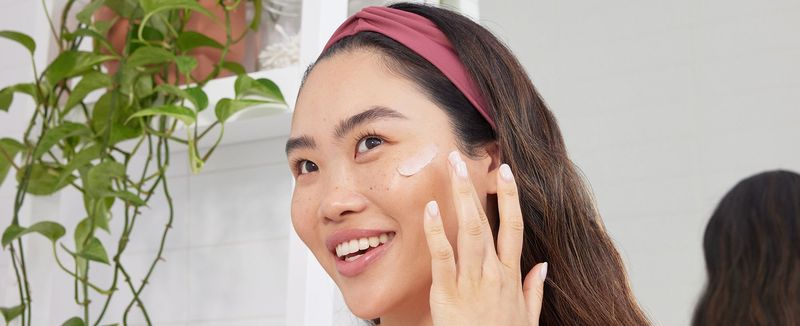
When it comes to beauty, not all routines are as harmless—or helpful—as they seem. In fact, some everyday habits might be doing more damage than good to your skin, hair, or overall appearance. From over-exfoliating to misusing popular products, small mistakes can lead to big problems over time. If you’ve been following these practices in the name of self-care, it might be time for a refresh.
1. Skipping Moisturizer for Oily Skin
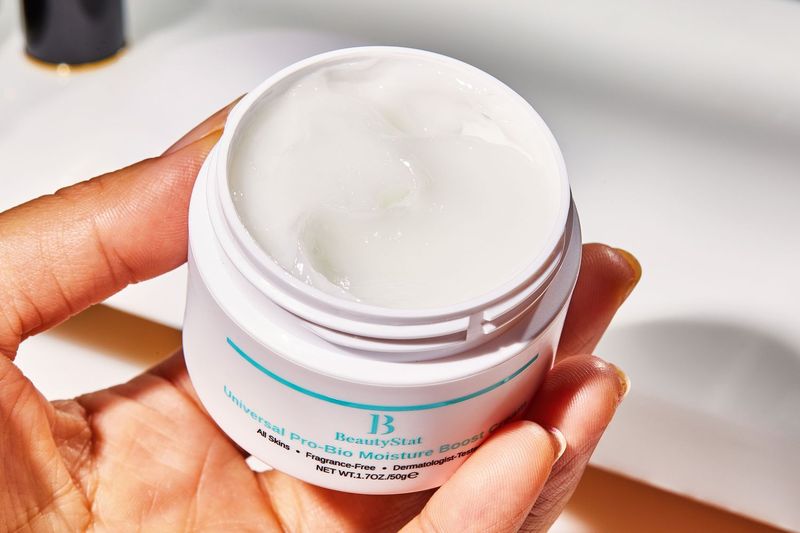
Contrary to popular belief, oily skin needs hydration too! When you skip moisturizer, your skin thinks it’s dry and produces even more oil to compensate. This creates a frustrating cycle of extra shine and potential breakouts. The key is finding the right lightweight, non-comedogenic formula. Look for gel-based moisturizers with ingredients like hyaluronic acid or niacinamide that balance oil production while providing necessary hydration. Many people with oily skin who start properly moisturizing notice their complexion becomes more balanced within weeks. Your skin will thank you with fewer breakouts and that healthy glow everyone wants!
2. Washing Hair Daily
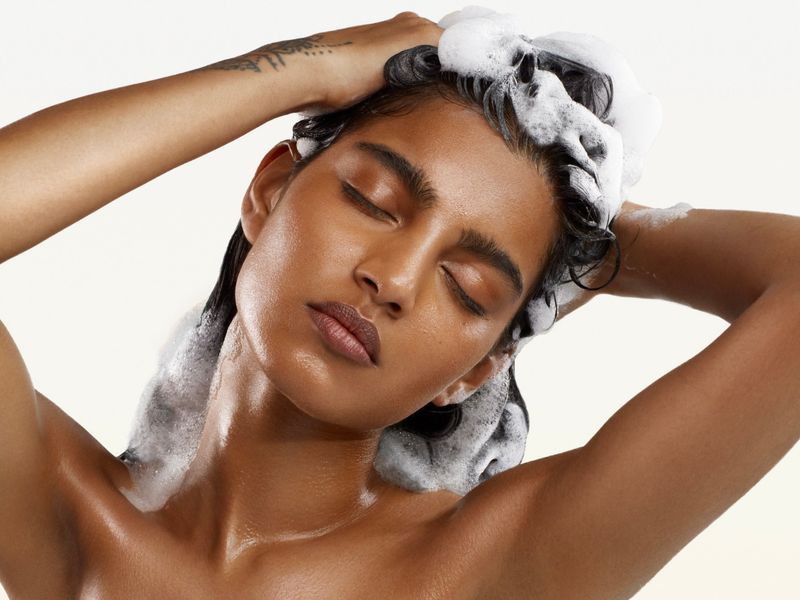
Daily shampooing strips your scalp of natural oils that keep hair healthy and protected. Your scalp responds by producing even more oil, creating a never-ending cycle of greasiness that’s hard to break. Most hair types benefit from washing just 2-3 times weekly. On non-wash days, try dry shampoo for refreshing or simply rinse with water. Your hair will gradually adjust, becoming less oily between washes. Training your hair takes patience—expect a transition period of about two weeks. The reward? Healthier locks with more body, shine, and less damage from heat styling since you’ll wash less frequently.
3. Avoiding Oil-Based Products
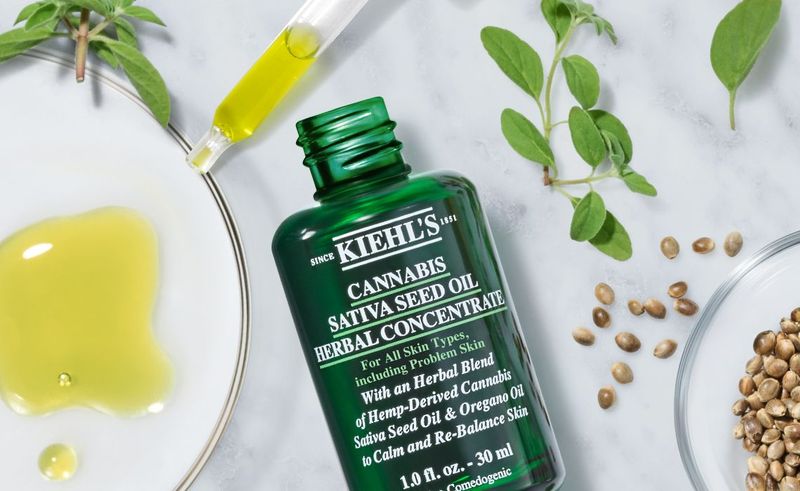
The fear of facial oils runs deep for many people. That old myth about oils automatically causing breakouts? Totally false! Certain oils can actually balance your skin’s natural sebum production and provide amazing benefits. Lightweight options like jojoba, squalane, and rosehip oil mimic your skin’s natural oils. They can help regulate oil production, fight bacteria, and deliver potent antioxidants directly to your skin cells. Just a few drops patted onto damp skin can transform your complexion. Even acne-prone skin types often see improvement with the right oils. The secret is choosing non-comedogenic options specifically formulated for your skin concerns.
4. Sleeping with Makeup On
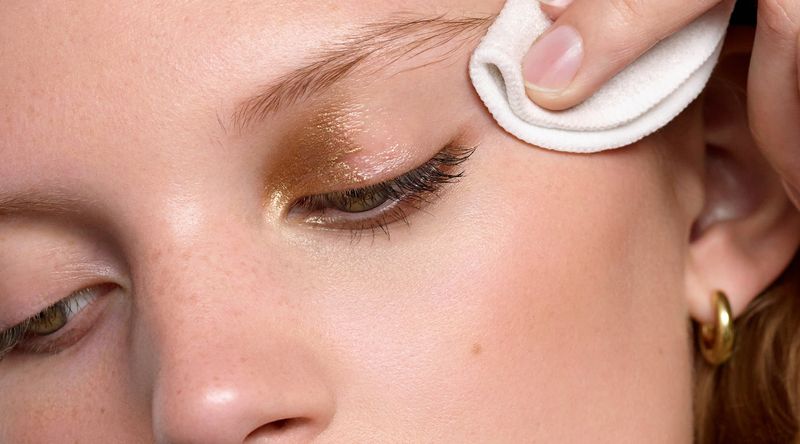
Everyone knows sleeping in makeup is bad, but the occasional slip-up won’t ruin your skin forever! Keep makeup wipes by your bed for those nights when a full cleanse feels impossible. The real problem isn’t just clogged pores—though that happens too. Your skin repairs itself overnight, and makeup creates a barrier that prevents this natural process. Plus, eye makeup left on can lead to irritation, infections, and even lash loss over time. For truly lazy nights, micellar water on a cotton pad requires zero rinsing and takes just seconds. Your future skin will thank you for this small effort, even when you’re exhausted.
5. Following Every Trend
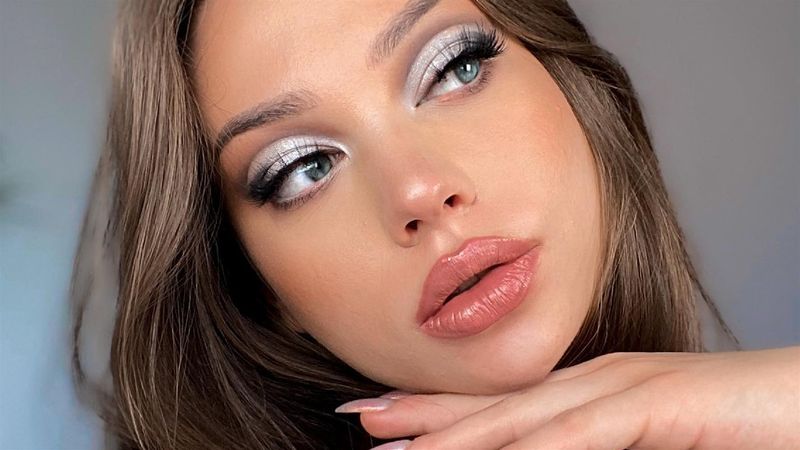
Beauty trends come and go faster than you can say “contouring kit.” Chasing every viral TikTok technique or must-have product leads to wasted money and a bathroom full of barely-used items. Your unique features deserve techniques that enhance them specifically. That trending fox-eye look might work wonders for someone else but fight against your natural eye shape. Be selective about which trends you try. Ask yourself: Does this work for my face shape, skin tone, and lifestyle? The most confident beauty comes from embracing what works for you, not what works for everyone else. Curate your routine based on results, not retweets.
6. Matching Foundation Exactly
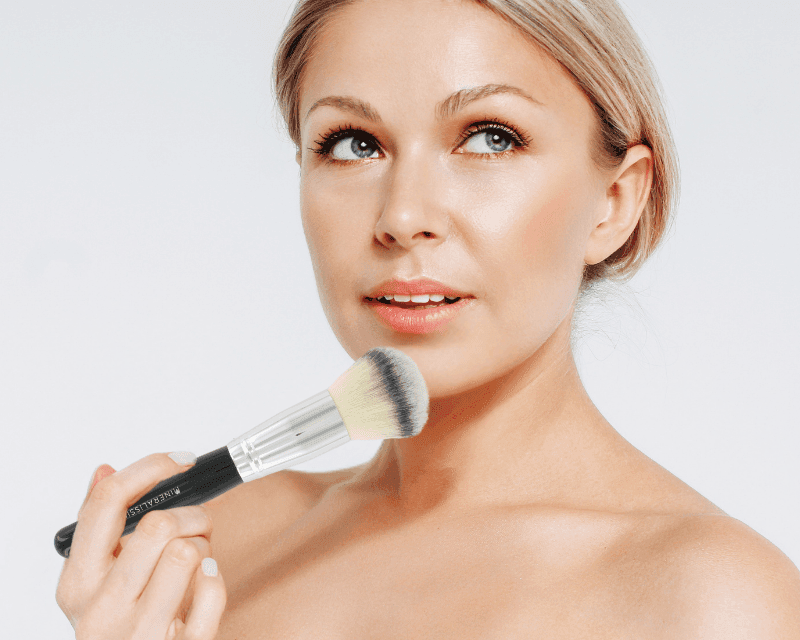
Foundation that perfectly matches your wrist or jawline can actually make your face look flat and one-dimensional. Our faces naturally have varying tones—slightly darker around the perimeter and lighter in the center. Professional makeup artists often use multiple shades to create depth. Try going slightly warmer or a half-shade darker around your hairline and jawline while keeping your center face shade true to match. Another secret: your foundation should match your neck and chest, not just your face. This creates a seamless look without that dreaded mask-like line at your jaw. Test foundation in natural light for the most accurate assessment of how it truly looks.
7. Over-Exfoliating Your Skin
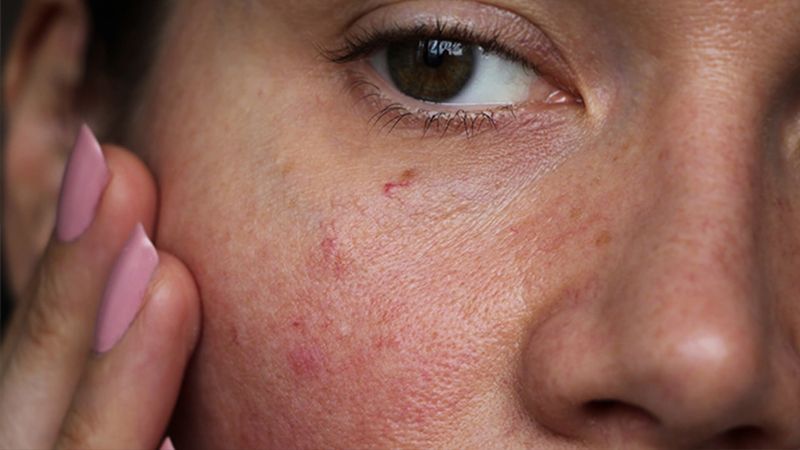
That tingly sensation from harsh scrubs isn’t a sign of effectiveness—it’s your skin barrier screaming for help! Over-exfoliation damages your skin’s protective layer, leading to sensitivity, redness, and increased breakouts. Most skin types only need exfoliation 1-3 times weekly. Chemical exfoliants like AHAs and BHAs are generally gentler than physical scrubs and work more effectively by dissolving dead skin cells rather than scraping them off. Signs you’re overdoing it include unusual shininess, tightness, increased sensitivity, or new breakouts. Give your skin a break when these appear. Remember: healthy skin comes from respecting its natural processes, not from forcing immediate results through harsh treatments.
8. Avoiding Sunscreen on Cloudy Days
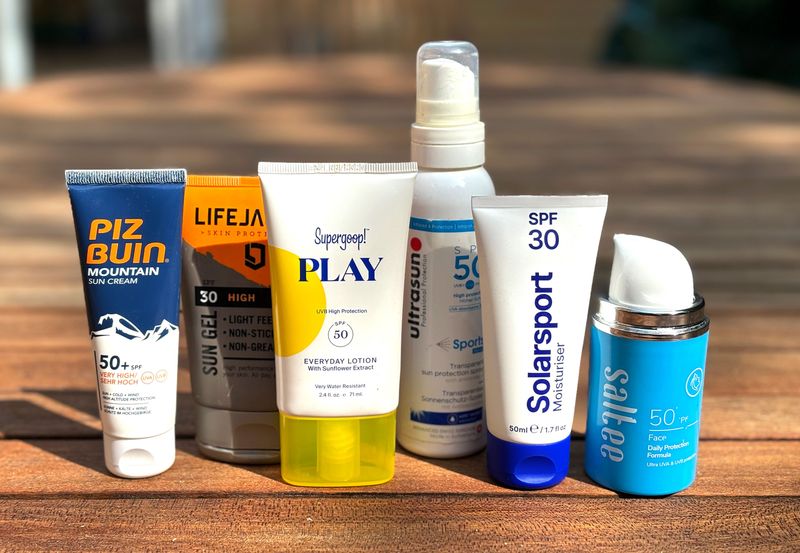
Clouds block visible light but allow up to 80% of harmful UV rays to reach your skin. These rays cause premature aging, dark spots, and increase skin cancer risk—regardless of whether you can feel the sun’s warmth. Year-round sunscreen is your best defense against skin damage. Modern formulas come in lightweight, non-greasy options that work beautifully under makeup without that traditional white cast or pore-clogging heaviness. Make application easier by keeping sunscreen where you’ll use it: your bathroom counter, purse, car, or desk drawer. Reapplication matters too—set a midday reminder if you’re outdoors. Your future self will thank you when you’re still sporting youthful skin decades from now!
9. Using the Same Products Year-Round

Your skin changes with the seasons, yet many people stick to identical products all year long. Winter’s dry indoor heat demands richer moisturizers, while summer’s humidity and sweat require lighter, oil-controlling formulas. Seasonal skincare adjustments don’t mean completely overhauling your routine. Small tweaks make big differences—swap your lightweight summer moisturizer for something more nourishing in winter, or add a hydrating serum when the air gets dry. Pay attention to how your skin feels, not just how it looks. Tightness, flaking, or unusual oiliness are signals that your current products aren’t meeting your skin’s changing needs. These subtle adjustments prevent bigger problems before they start.
10. Fearing Bold Lipstick Colors

Red, purple, or coral lipstick often stays unused because people think they “can’t pull it off.” This self-imposed rule robs you of fun and expression! Bold lip colors instantly elevate any look and can actually be more flattering than playing it safe. The secret to wearing bold lips confidently is finding your complementary undertones. Cool skin tones shine in blue-reds and berries, while warm tones glow in orange-reds and terracottas. Still nervous? Start with a sheer formula or blotted application. Bold lips require minimal other makeup—just groomed brows and mascara. This makes them perfect for quick but polished looks when you’re short on time but want to make an impact.
11. Waiting for Special Occasions to Use “Good” Products

That expensive face mask or luxury perfume gathering dust until a “special enough” day deserves to be enjoyed now! Saving products often leads to waste as they expire unused, defeating their purpose entirely. Beauty products are meant to make you feel good today, not someday. That fancy serum will do more good consistently used than saved for rare occasions. Plus, many products lose effectiveness after opening as ingredients degrade over time. Try the “everyday luxury” approach—incorporate one special product into your daily routine. You’ll get more value from actually using what you’ve purchased, and your confidence will benefit from these small daily indulgences that signal you’re worth the good stuff right now.
12. Thinking More Products Equal Better Results
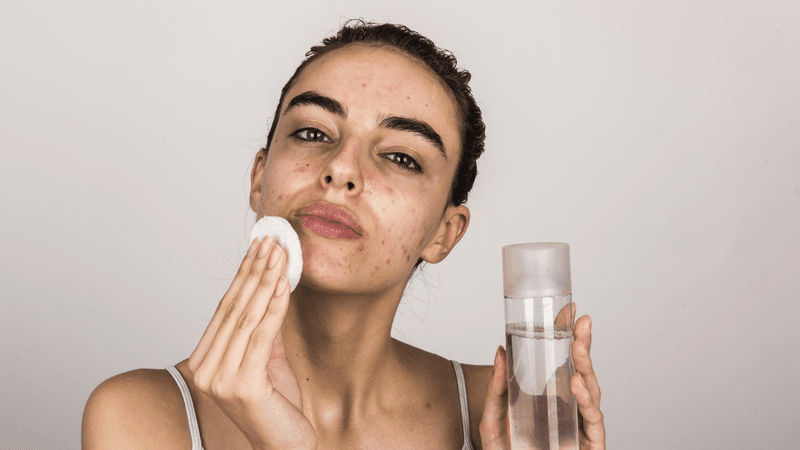
Ten-step routines aren’t necessarily better than three-step ones. Product overload often leads to irritation, wasted money, and confusion about what’s actually working for your skin. Many dermatologists recommend a simple core routine: gentle cleanser, targeted treatment, moisturizer, and sunscreen. This minimalist approach makes consistency easier and helps you clearly identify which products truly improve your skin. When products compete for attention, they can actually cancel each other out or cause reactions. Active ingredients need space to work their magic. Try using fewer products for a month and watch how your skin responds—many people are surprised to find their complexion improves with a streamlined routine!
13. Believing Makeup Causes Acne
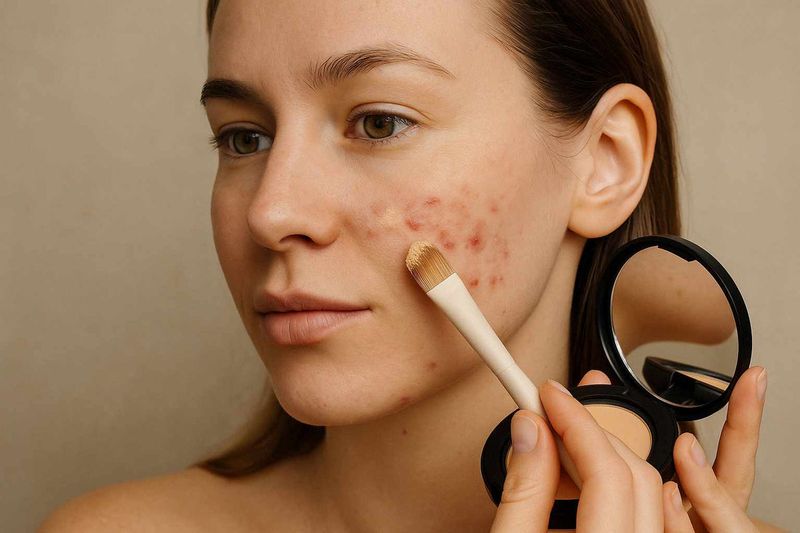
Modern makeup formulas rarely cause breakouts when properly removed. The real culprits are often sleeping in makeup, using expired products, or not cleaning makeup brushes and sponges regularly. Look for non-comedogenic or oil-free foundations if you’re breakout-prone. Many newer formulas contain skincare ingredients like salicylic acid or niacinamide that actually help treat acne while providing coverage. Clean your makeup tools weekly to prevent bacteria buildup. Brushes harbor oils, dead skin cells, and product residue that transfer back to your face with each use. This simple habit—soaking brushes in gentle shampoo solution—can dramatically reduce breakouts while extending the life of your expensive tools.

Comments
Loading…